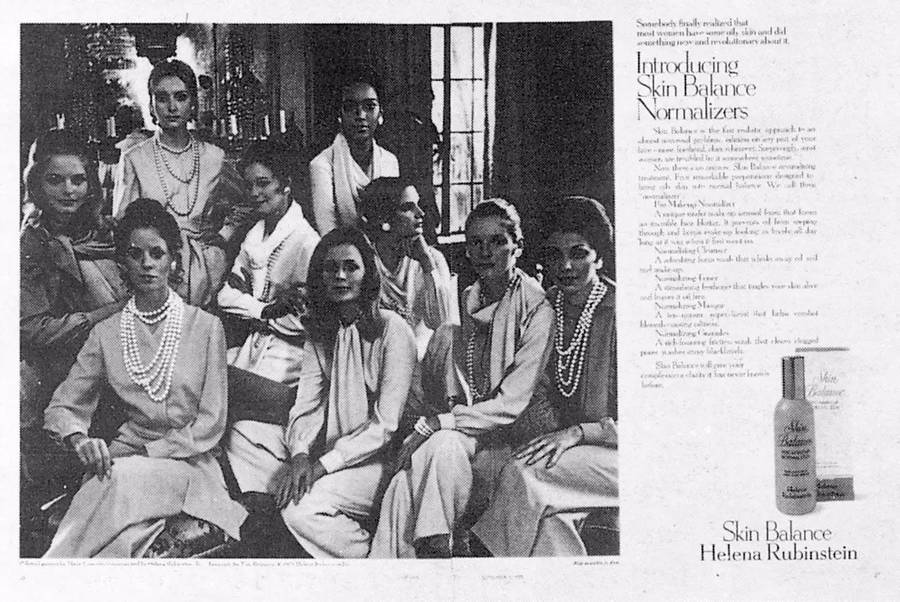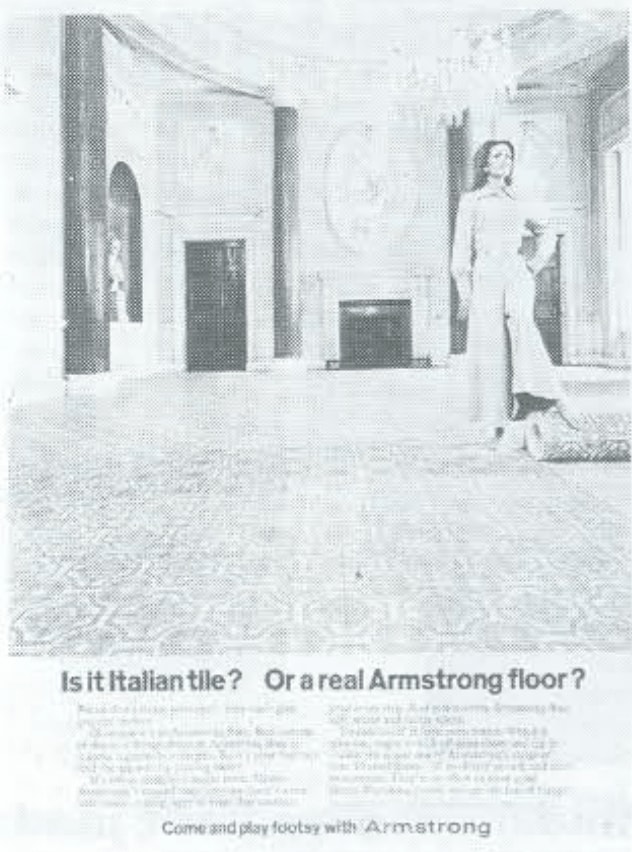

Kandinsky(1866-1944), an influential Russian painter and art theorist. I open this sub-section on popular culture with two of my favorite quotations: (i) "My predilection for what is hidden, for the mysterious, saved me from the unhappy influence of popular art."-V. He is involved in multi-disciplinary studies. For more on this complex subject of popular culture go to:
#Flaubert in egypt vs john berger ways of seeing free
Ronald Daus(1943- ) was born in Hannover, and is a German university Professor of Romance philology and cultural studies at the Free University of Berlin. Important contemporary contributions for understanding what popular culture means have been given by the German researcher Ronald Daus, who studies the impact of extra-European cultures in North America, Asia and especially in Latin America.

Items of popular culture most typically appeal to a broad spectrum of the public. Certain currents of pop culture, for example, may originate from, or diverge into, a subculture, representing perspectives with which the mainstream popular culture has only limited familiarity. These perspectives and values influence society and its institutions in various ways. It represents a complex of mutually interdependent perspectives and values. Popular culture changes constantly, says Storey. For more detail on this theory go to: Finally, a postmodernist approach to popular culture would "no longer recognize the distinction between high and popular culture." I leave it to readers with the interest to follow-up in relation to all these terms and definitions. He discusses what he calls "neo-Gramscian hegemony theory" which sees popular culture as a site of struggle between subordinate groups and dominant groups operating in society. Storey argues that there is a political dimension to popular culture. Alternatively, "pop culture" can be defined as an "authentic" culture of the people, but this can be problematic because there are many ways of defining the "people". But this, too, is not a simple perspective. From a Western European perspective, this may be compared to American culture. This definition and usage of the term equates popular culture with commercial culture, mass-produced for mass consumption by mass media. A third definition of popular culture in Storey's typology equates pop culture with "mass culture" and ideas. Shakespeare & Charles Dickens are two good examples.

However, many works straddle the boundaries. "Pop culture" is also defined as the culture that is "left over" when we have decided what high culture is. A good example is the television dramatizations of Jane Austen. He presents a clear and critical survey of competing theories of, & various approaches to, popular culture. The quantitative definition of culture, says Storey, has the problem that much "high culture" is also popular culture. John Storey has extensively revised his original text, a text now used in universities and colleges in various arts & humanities degree programs. As readers will see from some of Storey's analysis of popular culture, though, the term and usage of "popular culture" is complex. I draw on Storey and his work here in the opening paragraph of this sub-section on "art" because much of the content at this sub-section of my website could be considered outside the realms of popular culture. The 6th edition of Storey's Cultural Theory & Popular Culture: An Introduction came out in 2012.

According to John Storey, there are six definitions of popular culture.


 0 kommentar(er)
0 kommentar(er)
